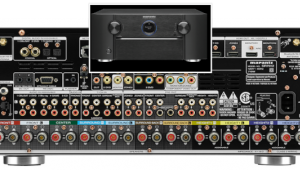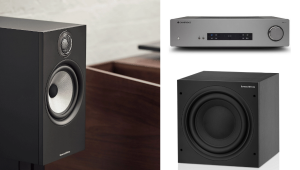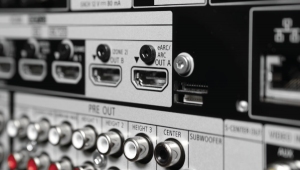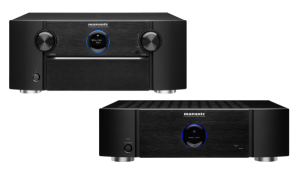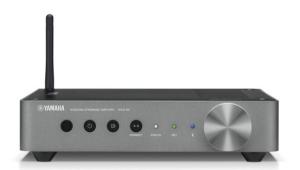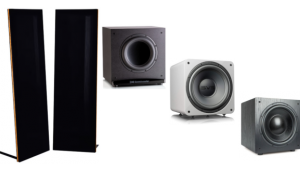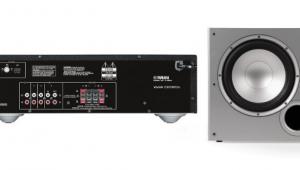Why Would I Pay $300-Plus for a Blu-ray Player?

Q I am looking for a new Blu-ray player and have a question. What’s the difference between inexpensive models and ones that cost $300-plus? It seems to me that inexpensive models have as many features, if not more, than pricey ones. If it’s a question processing power or something else, does that make a huge difference in picture and sound quality? —Edwin Vela
A Good question. You can now buy a Blu-ray 3D player for $100 or less with built-in Wi-Fi to stream Netflix, Amazon Instant, Hulu Plus, and other stuff. Some like Sony’s BDP-S5500 also let you stream and play PS3 games via the PlayStation Now service (subscription or per-use rental fees apply). What else could you possibly want—especially when you have to spend loads extra to get it?
A bunch of things, as it turns out. When you step above the entry-level, you find amenities like 4K video upconversion and dual HDMI outputs. While that first feature is only useful if you have a 4K Ultra HDTV (Blu-ray players I’ve tested with this feature generally do a better job upconverting 1080p video on Blu-ray to 4K than the TVs themselves), the second lets you run separate HDMI links to a TV and AV receiver, or to two separate displays. This can come in handy for dual-screen installations incorporating both a TV and a projector. (Check out a walkthrough of Sound & Vision columnist John Sciacca’s dual-screen home setup here).
At the high end of the Blu-ray player price spectrum, feature differentiation comes down to video processor and digital-to-analog audio converter (DAC) performance. Pricey players like the Pioneer Elite BDP-88FD ($2,000) come with high-quality video processing solutions such as Marvell QDEO that provide advanced detail enhancement and noise reduction—adjustments that can have an impact when viewing on a large screen projection system.
Advanced features on pricier Blu-ray players are aimed at audiophiles as well. OPPO’s BDP-105 universal player($1,200) for example, supports SACD/DVD-audio playback and High-res FLAC decoding. Other audiophile extras may include a compartmentalized chassis for power supply isolation from A/V circuits, balanced audio output connections, and a USB asynchronous DAC input. As with video processing, such extras may not make a difference on all systems, but high-end ones can potentially benefit from them.
